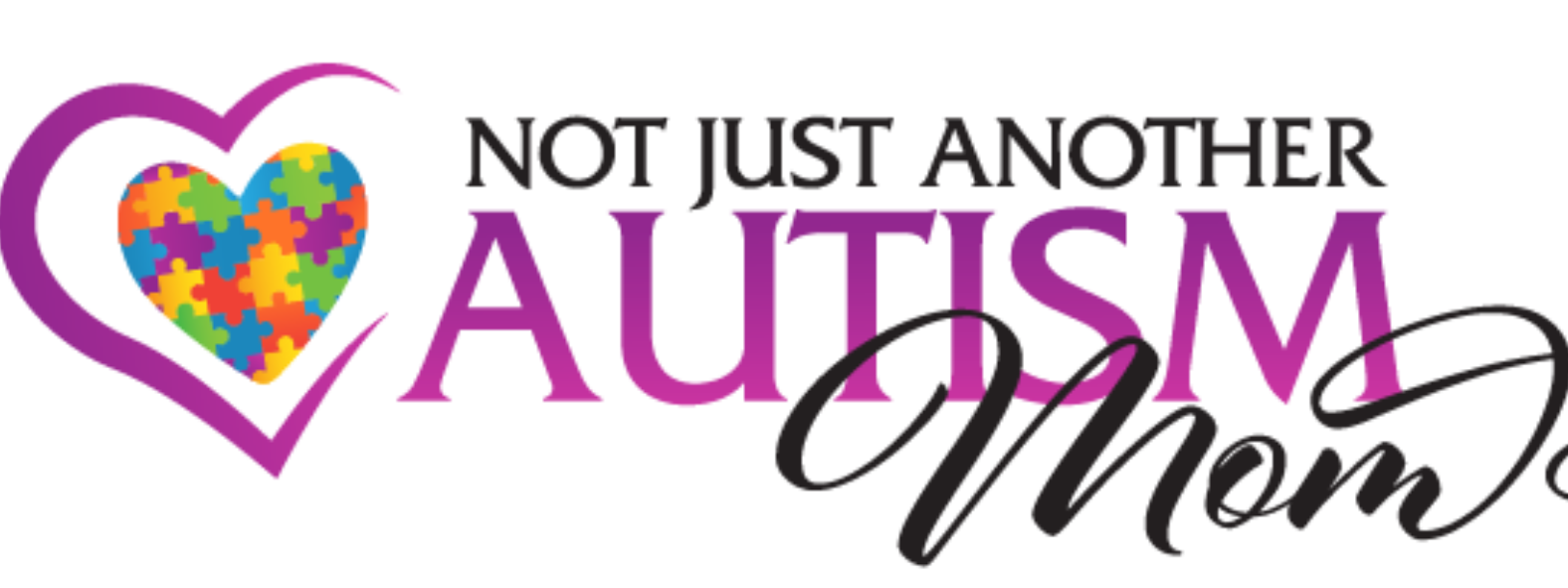Join Autism Guide
Almost every parent is scared when they receive a diagnosis. If you’re reading this page, you probably have a lot of questions in your mind about the topic of autism. After reading the articles in “Autism Guide”, you will get answers to all the questions that are swirling in your head
The material contains evidence-based information, but is for informational purposes only and does not replace medical consultation. Application of these guidelines is the sole choice and responsibility of the reader.
Evidence-based knowledge
Successfully implemented
Approach of Biomedical science
Based on proper cell-functioning
CONTENTS OF AUTISM GUIDE
Autism & Genes
» Recent research on the genetic background of autism
» General information, symptoms, early signs of autism
» Associated disorders
Developmental delay & Neuroplasticity
» Social and linguistic developmental milestones
» Brain development. Can the brain be cured? Everything about the neuroplasticity of the brain
» Neuroplasticity suppert and supplements
» Passive movement therapy
» Active movement therapy
Detoxification
» Latest research on the link between heavy metals and environmental toxins and autism
» Glutathione deficiency and oxidative stress
» NRF2 pathway
» Guide to detoxification support
Mitochondrial health
» Latest research on the link between mitochondrial disorders and autism
» Steps to avoid and reverse mitochondrial dysfunction
» Mitochondrial diet
» Mitochondrial support and supplements
Microbiome & Autism
» Latest research on the gut microbiome
» How microbiome affects the symptoms of autism
» Leaky gut treatment guide
» Rebalance the microbiome: diet and Supplements detailed guide
Methylation & Autism
» What is methylation
» How methylation affects the symptoms of autism
» How do we know that our child has methylation disorder?
» Methylation support and supplements
Histamine & Autism
» What is histamine
» What happens if we have histamine intolerance or MCAS?
» How histamine affects the symptoms of autism
» How do we know that our child has histamine intolerance or MCAS
» Steps to reverse histamine problems – Supplement support
Movement therapies
» Passive Movement Therapy for brain development
» Active Movement Therapy for brain development
» Neuro- and speech development exercises – Lively collection of activities and exercise suggestions suitable for home or professional use, designed to enhance neurodevelopment and promote speech skills.
Diets and Recipes
» GFCF Diet – 56 delicious GFCF recipes, and a detailed description of the diet
» Microbiome Diet – 60 recipes for toddlers and adults with ingredients to restore the gut microbiome. The recipes contain food that not only can rebalance the microbiome but have low histamine content
» Picky Eater Diet – Delicious recipes for picky eater children
Step-by-step parent guide
» General but essential information about autism
» Possible genetic and biomedical causes
» Diagnostic tests to rule out the causes
» Therapeutic guidance according to the latest research, touching on all the topics included in the table of contents of the autism guide.
» Intestinal restoration
» Diet
» Dietary Supplement Guide – Comprehensive inventory of nutritional supplements accompanied by explanations of how each supplement can address specific issues.
» Heavy metal detoxification
» Cell regeneration, and more…

MONTHLY $21
» Evidence-based articles about newest research divided into topics according to the content of Autism Guide
» New articles every week
» GFCF recipes for children with autism
» Playful exercises for neuro- and speech development

QUARTERLY $59 (-50%)
» Evidence-based articles about the newest research divided into topics according to the content of the Autism Guide
» New articles every week
» Rebalance the microbiome: diet and Supplements detailed guidance
» GFCF recipes for children with autism
» Microbiome health recipes
» Picky eater recipes
» Playful exercises for neuro- and speech development

Lifetime Access $149
» Evidence-based articles about the newest research divided into topics according to the content of the Autism Guide
» New articles every week
» Step-by-step parent guide – with all the information you need, See the details above
» GFCF recipes for children with autism
» Microbiome health recipes
» Recipes for picky eaters
» Playful exercises for neuro- and speech development
» Movement therapy for brain development (Active, passive)
» Playful exercises for neuro- and speech development
» Detailed Dietary Supplement Guide
» Extra: Free online consultation upon request
What this guide is about
The Autism Guide is founded upon a wealth of evidence-based resources, studies, successful international experiences, and my own professional expertise, as well as the transformations witnessed in my son. The remarkable progress in my child’s development prompted me to share this life-altering information, which has been employed for decades and has provided assistance to numerous families. The referenced articles consistently draw from scientific papers, writings, studies, or books originating from credible sources. While an abundance of information exists, it lacks proper organization. Locating materials that comprehensively elucidate the intricacies of this health concern to parents, along with detailing therapeutic solutions and verified effective product recommendations, is quite challenging. This enigmatic and perplexing medical condition imparts a lesson to all parents; many of us find ourselves suddenly immersed in the diagnosis without a clear starting point.
The exact causes of autism still remain unidentified, only theories have been proposed. Many of these theories have been confirmed by studies and numerous promising treatment methods have surfaced throughout the years. Certain children experience complete recovery, achieving a state free of symptoms. Furthermore, many exhibit astonishing developmental progress. A multitude of symptoms manifest simultaneously, varying from one child to another, thereby complicating diagnosis. The physician can solely diagnose based on observation and evaluation of behavior and development, as traditional diagnostic procedures specific to autism are lacking. At times, the signs are evident, yet frequently, they are overlooked in the initial phases. Reacting appropriately to the earliest signs of developmental delay holds immense importance. Hence, initiating timely action is crucial. This material serves as a guide, outlining both the path and the possibilities. The articles cover not only autism and potential causative factors, but also delve into biomedical approaches, methylation, microbiome, detoxification, diet, and their impact on autism and overall well-being.

Ten years ago, the medical community didn’t feel the urgency to swiftly diagnose a child. No one was concerned if an eighteen-month-old child wasn’t speaking yet or displaying typical social development, as it was widely believed they would catch up. However, nowadays, it’s commonplace to emphasize the significance of initiating a child’s development in the early stages. The expectations, after all, haven’t diminished. It could be said that even when parents aim to assist their children with second-grade homework, they find themselves pulled in numerous directions. The pace of life has accelerated, the nutritional quality of food often falls short, parents are overwhelmed, and an increasing number of children are exhibiting signs of autism.
All children displaying early signs of autism should be provided with developmental interventions as promptly as possible. Numerous therapeutic options are available, and amidst this abundance, parents might struggle to determine which one would best contribute to their child’s optimal development. Several therapies require the child’s cooperation, ability to communicate, and provide feedback to be successful. Many autistic individuals begin speaking later, and it’s not uncommon for them to reach 5-6 years of age before achieving a communicative level that allows certain therapies to proceed.
Nevertheless, for the child’s development, it would be most advantageous if effective interventions were implemented even earlier than the age of 5-6. What parents can undertake is self-education. While professional guidance for a child’s development is undoubtedly vital, enhancing daily life and ensuring the child’s optimal development within the family environment necessitate parents learning how to interact with their unique child.
The Autism Guide furnishes an abundance of information to assist parents in navigating the realm of this enigmatic condition, ultimately aiding them in providing the best possible support for their child.

